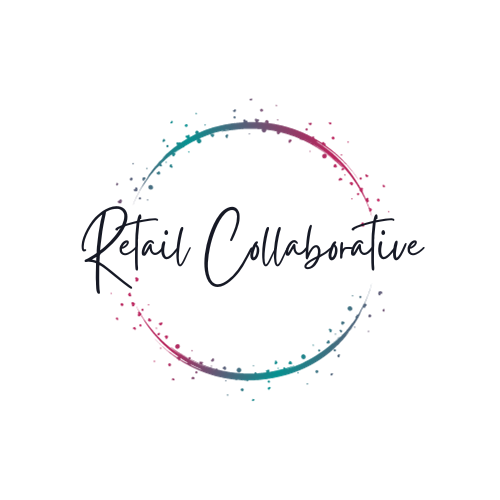
SOPs, or Standard Operating Procedures detail repeat processes, step-by-step, with written instructions, link, templates and accompanying screenshots for cross-reference purposes, so that everything to complete a set task is on once place, reducing the need for messages, emails and calls. They standardise processes and reduce errors, saving time, energy and resources.
When you first start your business, you think of all the things you need in place to launch: a website, a product, social media handles, content…, but when was the last time you thought about the processes that enable your business to function, the related steps you take to keep everything in check and running smoothly?
If you think carefully, you are likely to have at least 10 processes that you repeat with differing purposes to run your business. Some examples could be:
- How to list products on your website or on Amazon/ Etsy/ eBay
- How to place supplier orders
- How to track sales
- How to update stock
You may think that you don’t need to document these processes because they are too simple, or perhaps it seems like a waste of time because it’s just you doing it all. In that case, I would urge you to ask yourself what would happen if you needed help in your absence during an emergency, or if you were onboarding a new hire to help you focus on other areas of the business. Would they know what you know? If the answer is no, consider how long it would take to explain it all in the detail required, and what the consequences of an error could be.
I always think it is easier to point people to a folder that has detailed SOPs, which they can follow and refer back to as they so wish. It makes onboarding and training smoother, ensuring that key processes are followed to the letter, even in the absence of the owner. They prevent costly mistakes and provide consistency in execution that is invaluable in the smooth running of a business. Thinking longer term, having SOPs mean that if you sell your business, you have a how-to guide to hand over.
There are many tools that you can use to start creating SOPs today for your business; here is a useful link to 12 of the best.
My personal recommendation is Sweet Process. It is easy-to-use, reduces guesswork and emails/ messages, and allows you to share and edit repetitive procedures and processes, whist also having the choice to revert back to a previous workflow.
I have experience in creating SOPs for various procedures, so if you need help or advice on how to get started, get in touch!
